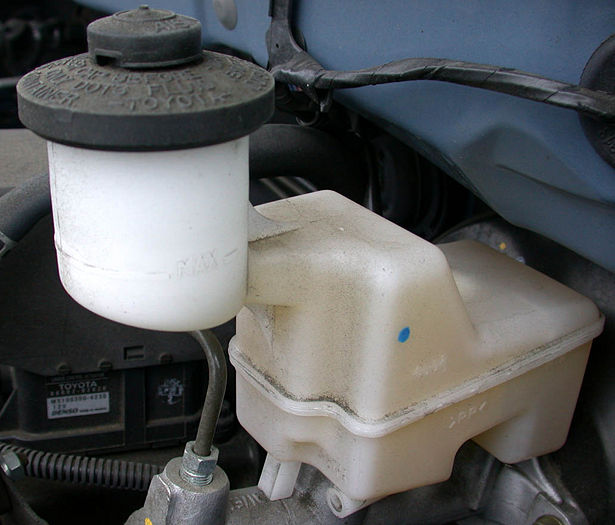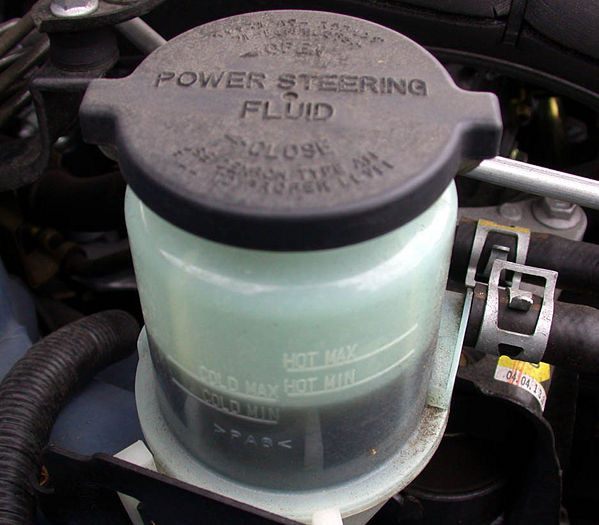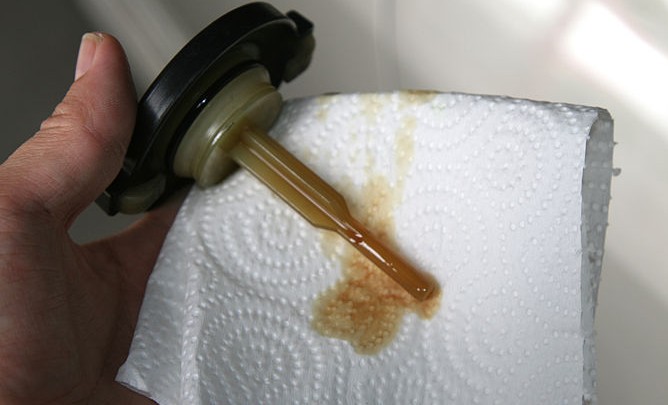Easy Steps To Inspect Your Car’s Brake And Steering Fluid
PakWheels is keen to increase the number of educated and informative drivers on road and this is why we are here with some other essential fluids you need to know how to check and keep an eye on. Like before, attention all the early age drivers.
- Brake fluid: usually the location of the plastic reservoir is extreme left in most of the cars but if you find any difficulty finding the location, please go through the manual. It is very easy to check brake fluids as the max level is marked. If it’s below the marked level, you surely need to fill it up and if it’s up to the mark, you’re good to go.
Remember that brake fluid is something a car should not consume much and if it is, you need to check for a leakage. Go to your mechanic and find out from where and why is it leaking and get it fixed as low brake fluid means no brakes and no brakes mean you might bang into someone/something. Fluid should be clear golden. If it’s muddy and dull, it is time to change the fluid. Also look for foreign particles floating in the brake fluid.

- Power steering fluid: like the brake fluid, the power steering fluid is also stored in a plastic cylindrical bottle. There are two levels to check, cold level and hot level, both of them having max and min points marked. According to the current temperature of the car, check the markings. Use a dipstick to check the actual level if its low, pull the dipstick once, clean it with a paper towel, insert the dipstick again and pull it out again. Read the markings and fluid level. If you need to top-up the fluid, avoid overfilling.
To check if the power steering fluid is in good condition, make sure the liquid is clear and pinkish in color (most hydraulic fluids are usually pink/red in colour). If the color is black or grey, go to your mechanic and get it changed. Also get your steering rack inspected if you notice foreign particles floating in the liquid.





Good write up. Most people just top up the brake fluid. As per the Toyota Corolla’s Owner’s Manual brake and clutch fluids should be changed every 24 months or 24,000 kms.
And always bleed brakes after changing brake fluid.and u can use DOT4 in DOT3 and vice versa but not DOT5 in DOT3 or DOT4 type specified brake fluid.and never use brake oil from old can because it is hygroscopic in nature.If brake oil gets slightly low after some time then don’t worry its only due to wear of brake pads or shoes.
Moreover,one can easily use Dexron 3 or Dexron 6 type AT trans fluid in almost every local car for power steering EXCEPT HONDA.For honda only use honda oem power steering fluid otherwise say goodbye kiss to power steering pump 🙂